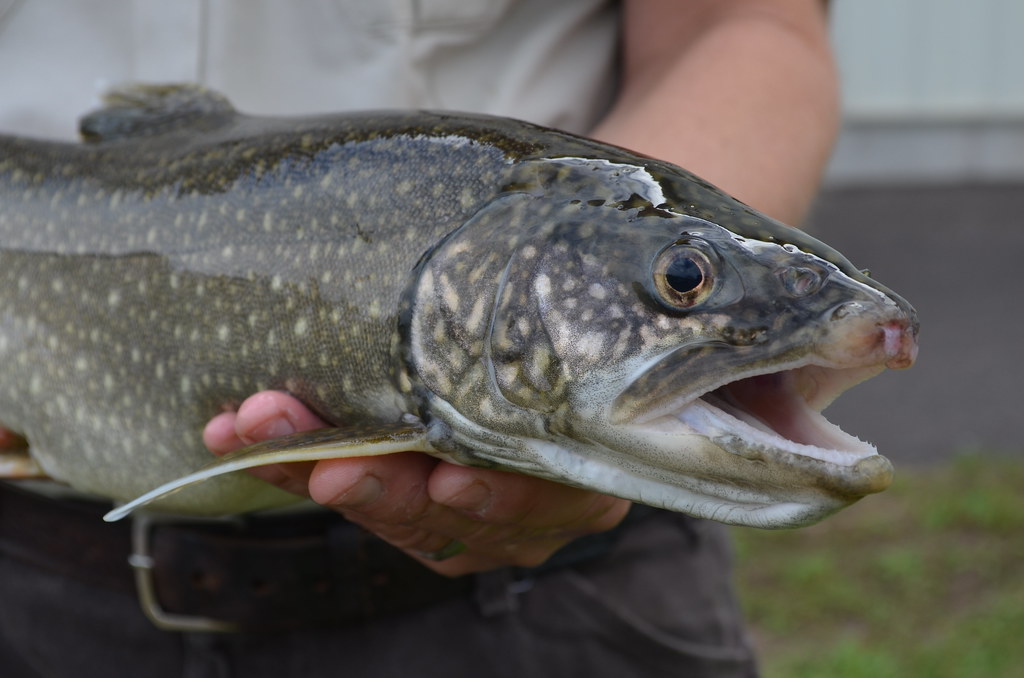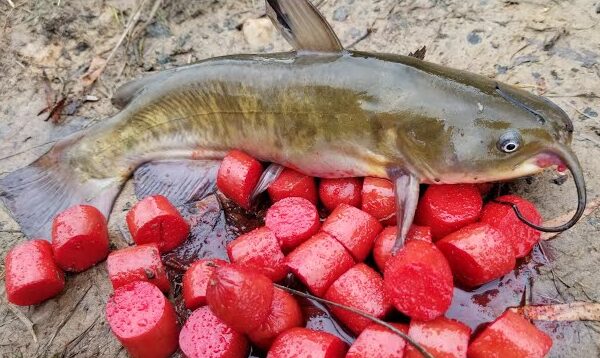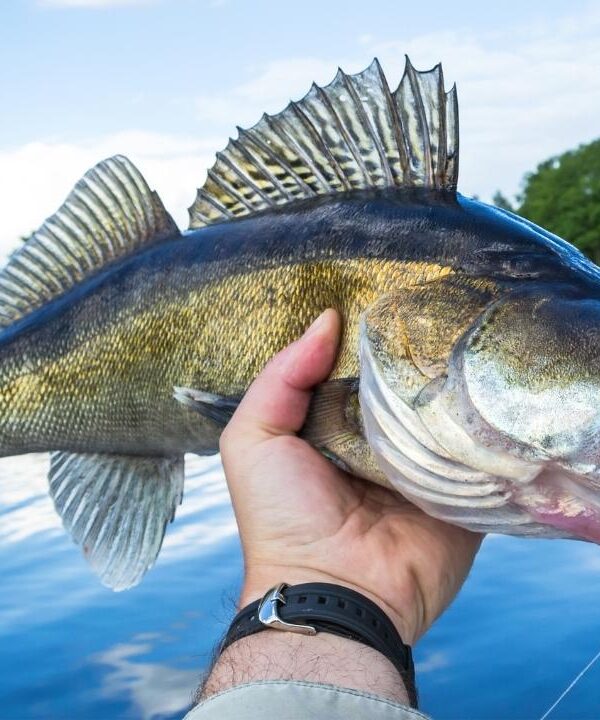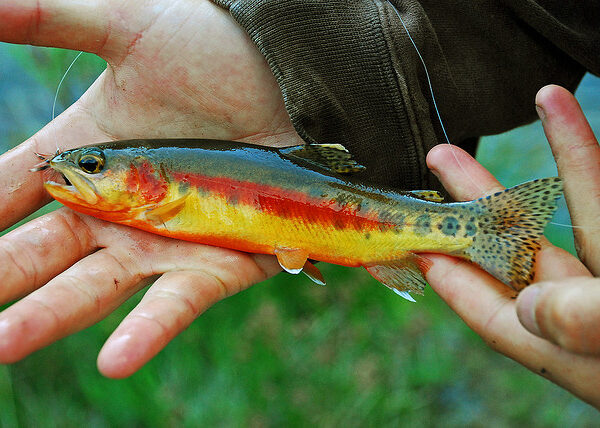Captivated by Lake Trout Fishing
When it comes to angling pursuits, the thrill of Lake Trout fishing stands unrivaled. These remarkable fish, sought after for their size and the challenge they offer, have cemented their place as a prime target for anglers. Regardless of whether you’re a seasoned fishing enthusiast or a newcomer eager to learn, gaining a comprehensive understanding of Lake Trout’s distinct characteristics and behaviors is pivotal for a gratifying fishing experience.
Unveiling The Lake Trout’s World
Scientifically known as Salvelinus namaycush, Lake Trout are a treasure trove of unique features and habits that intrigue fishing aficionados. Thriving in cold freshwater habitats, these trout boast streamlined bodies and elongated fins that are ideally suited for maneuvering through deep waters. Their coloration is a mesmerizing blend, transitioning from dark green to olive on their dorsal side and fading to a silvery white beneath. Adorned with small, light-colored spots, Lake Trout blend seamlessly with the aquatic tapestry that surrounds them.
Distinctive Anatomy: Lake Trout’s Unique Physical Traits
One distinguishing mark that sets Lake Trout apart is their adipose fin, a small fleshy fin nestled between the dorsal and tail fins. This feature serves as an invaluable identifier. Additionally, their tail, with its pronounced fork, is an adaptation that enhances their agility, allowing them to navigate their underwater domain with remarkable precision.
Lake Trout’s Preferred Habitat and Range
Lake Trout inhabit a diverse range of regions, spanning across North America and parts of Europe. They gravitate toward clear, deep lakes that provide the ideal cold-water environment they require. These trout are often found at depths ranging from 20 to 60 feet, and they exhibit a penchant for areas near underwater structures such as drop-offs, reefs, and submerged boulders.
Seasonal Nomads: Understanding Lake Trout’s Movement Patterns
A grasp of Lake Trout’s seasonal movements is pivotal for effectively targeting them. During warmer months, these fish retreat to cooler depths to escape the rising surface temperatures. As temperatures drop, they embark on migrations to shallower areas in search of prey, creating prime opportunities for fishing enthusiasts.
Behavioral Insights: Unveiling Life Stages and Feeding Habits
Lake Trout’s behaviors, largely dictated by their predatory instincts, offer an intriguing glimpse into their world. As opportunistic predators, they feast on smaller fish, insects, and crustaceans. This voracious feeding behavior makes them amenable to a variety of fishing techniques.
Feeding Preferences: Lake Trout’s Culinary Choices
Lake Trout have a reputation for their preference for larger prey. Frequently targeting schools of smaller fish like whitefish and ciscoes, they rely on their acute vision and sensory systems to orchestrate precise strikes, providing anglers with an exhilarating challenge and the opportunity for a trophy catch.
Mastering the Craft: Techniques for Lake Trout Fishing
An angler’s mastery of effective techniques is pivotal when it comes to Lake Trout fishing. Large spoons, spinners, and live baitfish are preferred choices that emulate the trout’s natural diet. Techniques such as trolling, jigging, and casting all contribute to the successful endeavor of enticing these elusive fish.
Unlocking Success: The Art of Downrigging for Lake Trout
For those seeking a specialized approach, downrigging emerges as a highly effective technique in Lake Trout fishing. Employing a downrigger to control bait depth enables anglers to present lures precisely where Lake Trout reside, significantly boosting the chances of securing a rewarding catch.
Conservation Commitment: Safeguarding Lake Trout for Future Generations
The privilege of fishing is accompanied by the responsibility of conservation. Prioritizing efforts to ensure the sustainability of Lake Trout populations is of utmost importance. Abiding by fishing regulations, practicing catch-and-release, and using barbless hooks collectively contribute to the preservation of these prized fish for future anglers.
Ecosystem Impact and Insights
Beyond their significance to anglers, trout play a pivotal role in maintaining aquatic ecosystems. They regulate the populations of their prey species and offer insights into ecosystem health. Their captivating behaviors and ecological importance render them subjects of scientific exploration and sources of admiration among fishing enthusiasts.
In Conclusion: Embrace the Lake Trout Adventure
Lake Trout fishing promises a blend of challenge and fulfillment for anglers. From their unique characteristics to their ecological importance, these fish continue to captivate the hearts of fishing enthusiasts worldwide. By mastering techniques and adopting responsible fishing practices, anglers can immerse themselves fully in the experience while contributing to the conservation of these remarkable creatures. So, gear up, cast your line, and embark on an unforgettable trout journey filled with excitement and discovery.





